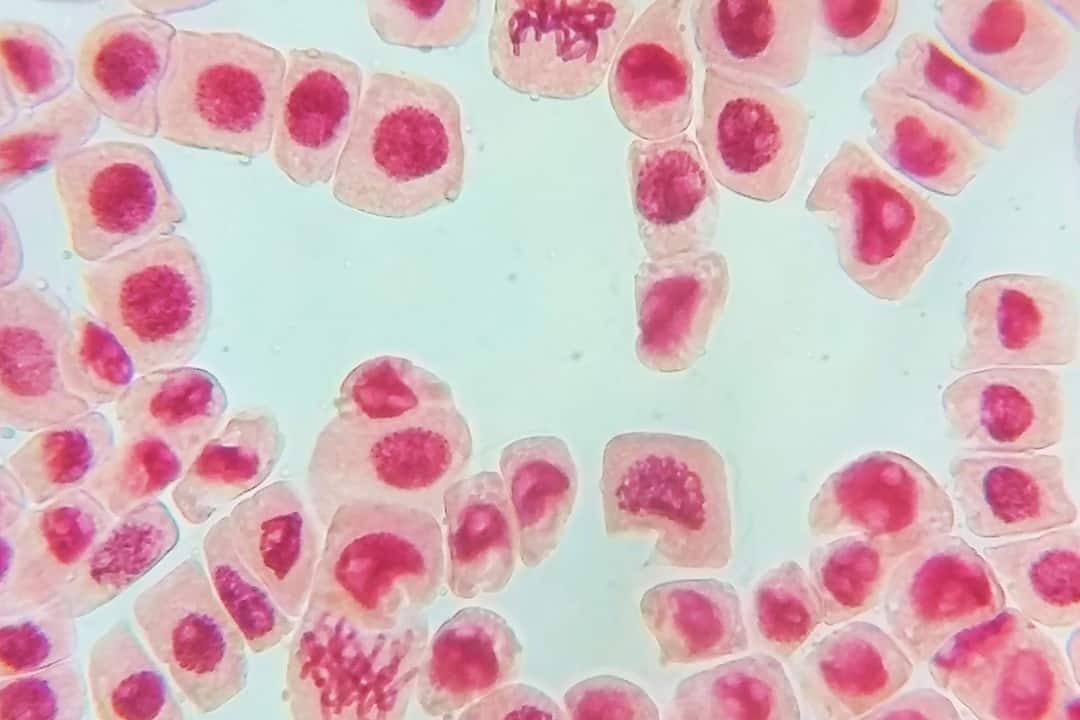Stem cells have recently become a very important topic of study in the scientific community. From testing drugs to regenerating tissues, they are reported to be useful for a variety of medical and research procedures. But what exactly are stem cells, and is the hype justified? Yes — but there’s a catch.
Stem cells are undifferentiated cells with the ability to become any tissue cell and divide unceasingly. Animals ranging from zebrafish to lizards use stem cells to regenerate entire limbs and even heal their spinal cords. We have these stem cells, too, and essentially all cells within the human body are derived from stem cells. In an embryo, embryonic stem cells differentiate into a myriad of tissue cells, forming the human body.
In the adult human body, different types of adult stem cells still exist across tissues — such as in fatty tissues or bone marrow — and often stay dormant until activated for their tasks. Injuries, diseases, and regular maintenance of dying cells awaken these inert stem cells to differentiate into various tissue cells that then multiply.
Stem cells can be cultured and manipulated in a lab setting, making them useful for research or to be administered into patients as regenerative medicine. These properties of stem cells make them the focal point of much scientific research, ranging from spinal cord diseases to cancer and even our immune system.
Stem cells and degenerative diseases
In response to injuries, stem cells activate and differentiate into specified tissue cells and multiply, thereby repopulating the site of injury with healthy cells. A study published in August used mesenchymal stem cells (MSCs) that differentiate into skeletal tissues to treat degenerative disc disease (DDD).
DDD is an irreversible disease affecting the lumbar of individuals, causing lower back pain. This disease is the leading cause of age-related disabilities, and no current cure exists. However, recent research using MSCs have proven to reduce symptoms of DDD, where its regenerative capabilities led to the increase in spinal collagen density, a decrease in inflammation, and restoration of regular disc height.
In a 12 month follow-up for this study, the participants reported a 44 per cent improvement in their pain, showing a promising future for those with DDD.
Stem cells and immunology
In addition to promoting cell growth and repair, stem cells secrete molecules that mediate immune response by suppressing T cell and B cell proliferation. Dr. Juan Carlos Zuniga-Pflucker, a U of T professor in the Department of Immunology, explains that haematopoietic stem cells (HSCs) — which differentiate into red blood cells, white blood cells, and platelets — can be used to generate infection-fighting T cells in the lab.
T cells are a part of our adaptive immune system that helps fight off antigens. Zuniga-Pflucker’s research unleashes revolutionary possibilities to treat immunodeficient or autoimmune individuals. In particular, cancer patients who suffer from immunodeficiencies can use ex vivo T cells, which are T cells formed outside the body, to replenish the immune cells lost following successful chemotherapy.
A conversation about our immune system is incomplete without a discussion of COVID-19. COVID-19 may cause severe acute respiratory infection, leading to pneumonia caused by destroyed lung cells, and may result in death. Additionally, patients can experience cytokine storms, which is an overstimulation of their immune system producing excess inflammatory molecules, leading to death.
Since stem cells have anti-inflammatory properties, research shows that administering MSCs into patients can prevent cytokine storms, restore damaged lung tissues, cure pneumonia, and ultimately heal the patient. Today, there are 17 completed clinical studies depicting MSCs as successful treatments for respiratory diseases, with many more clinical trials registered to study COVID-19.
Stem cells and cancer
Stem cells are gaining prevalence in the field of cancer research as experiments demonstrate that MSCs expedite the healing process of breast cancer patients after successful chemotherapy. MSCs stop tumour cells from multiplying and induce cell death, resulting in an eradication of cancer.
However, stem cells and cancer stems are very similar in their ability to reproduce rapidly.
Researchers believe that errors in certain biological signals convert stem cells into ceaselessly dividing, tumour-forming cancer cells. These growing tumours secrete inflammatory molecules, simulating an injury, which then recruit MSCs to these sites to ‘aid’ in repair.
Due to the cancerous nature of these sites, the stem cells actually further divide into cancer cells, causing a vicious cycle of inflammation and exacerbating the progression of these tumours. Understanding the signalling pathways of cancer stem cells can lead to new treatments to hinder these signals and stop cancer.
Dr. Grace Egan, a pediatric oncologist and a U of T PhD candidate in stem cell biology, explains that stem cells are currently used as biomarkers for leukemia, a type of blood cancer. Researchers study the biological signatures of these cancer stem cells to indicate an aggressive tumour. Another research focus is to understand the different signatures of cancer stem cells to differentiate them from regular stem cells for targeted cancer treatment.
Stem cells can regenerate everything from body cells to cancer cells. They are the antiheroes of medicine: on one hand, they are the face of regenerative medicine, but on the other, they are the potential cause of cancer. Research into stem cells is currently a tug of war between these two potentials.


